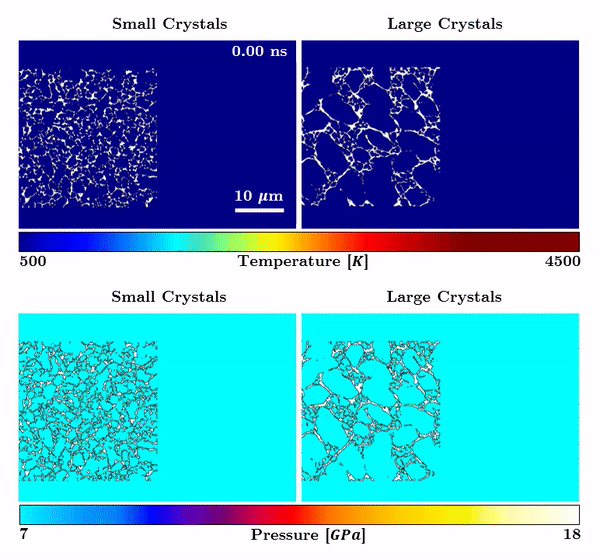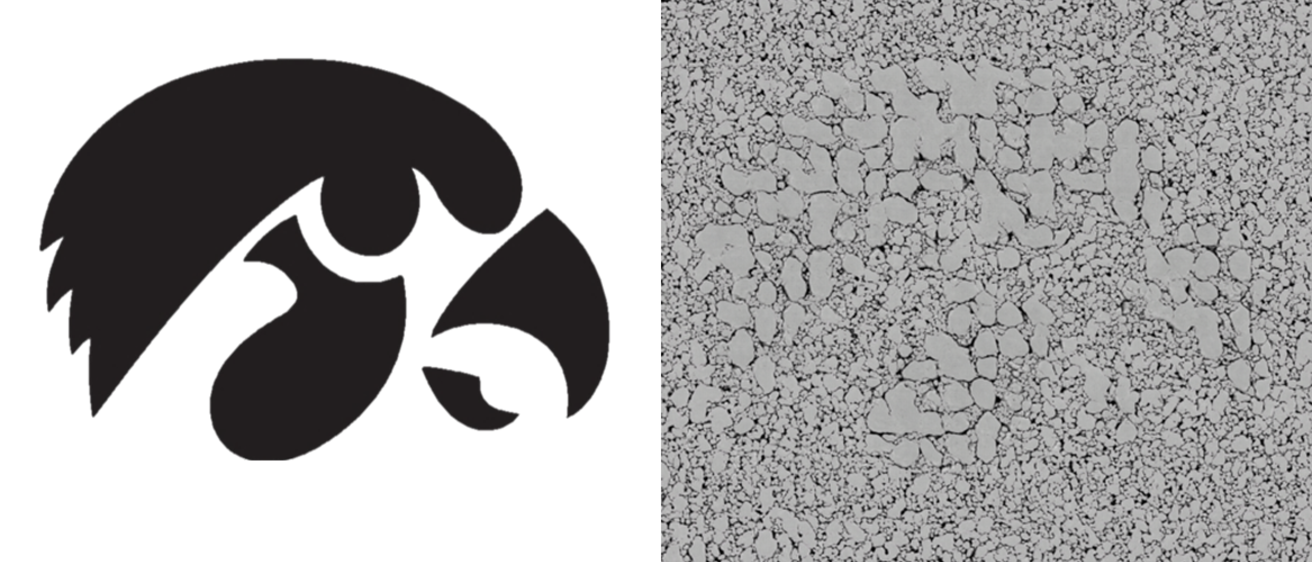Even fireworks require materials engineering. Fireworks belong to a category of materials known as energetic materials which include propellants, explosives, and other forms of pyrotechnics. To better understand the behavior of these materials, University of Iowa engineers are using AI to build simulations in an effort to better understand the mechano-chemical reactions of these materials, reactions that can flare up in as a short timescale as nanoseconds, sometimes with devastating consequence. One recent example of such an event is the large blast in Beirut that caused great devastation.
“The challenge engineers face when working energetic materials is that we need to conduct numerous simulations on a large collection of microstructures, i.e. the internal structures of these materials which are made from mixtures of fine powders” said HS Udaykumar, UI professor of mechanical engineering and interim associate dean for research and graduate programs. “Unfortunately, imaged microstructure samples for a wide class of materials are not in abundant supply.”
To solve this problem, UI engineers are proposing a method for generating synthetic microstructures using generative adversarial networks (GAN). GAN leverages a “competition” of two artificial neural networks, namely a generator and a discriminator—the generator generates a synthetic image while the discriminator attempts to distinguish synthetic images from real images.
These simulations will help engineers better understand the way in which microstructures influence the chemical reactions that trigger responses in energetic materials.

“In future work, we will use these new capabilities to conduct controlled experiments and to quantify energetic material response as a function of morphology parameters” said Stephen Baek, UI assistant professor of industrial and systems engineering. “This will be significant step forward in energetic material research and will open new possibilities to ‘design’ an energetic material with tailored property/performance characteristics.”
Sehyun Chun, a Ph.D. student in the Department of Industrial and Systems Engineering, is the lead author on the paper, advised by the two senior authors, Baek and Udaykumar. They are joined by graduate students from the Department of Industrial and Systems Engineering and the Department of Mechanical Engineering.
The paper, “Deep learning for synthetic microstructure generation in a materials‑by‑design framework for heterogeneous energetic materials,” has been published in Nature Scientific Reports. The paper has also been featured in Nature Research Community Blog.
The project is supported by the U.S. Air Force Office of Scientific Research (AFOSR) Multidisciplinary University Research Initiative (MURI) program.
